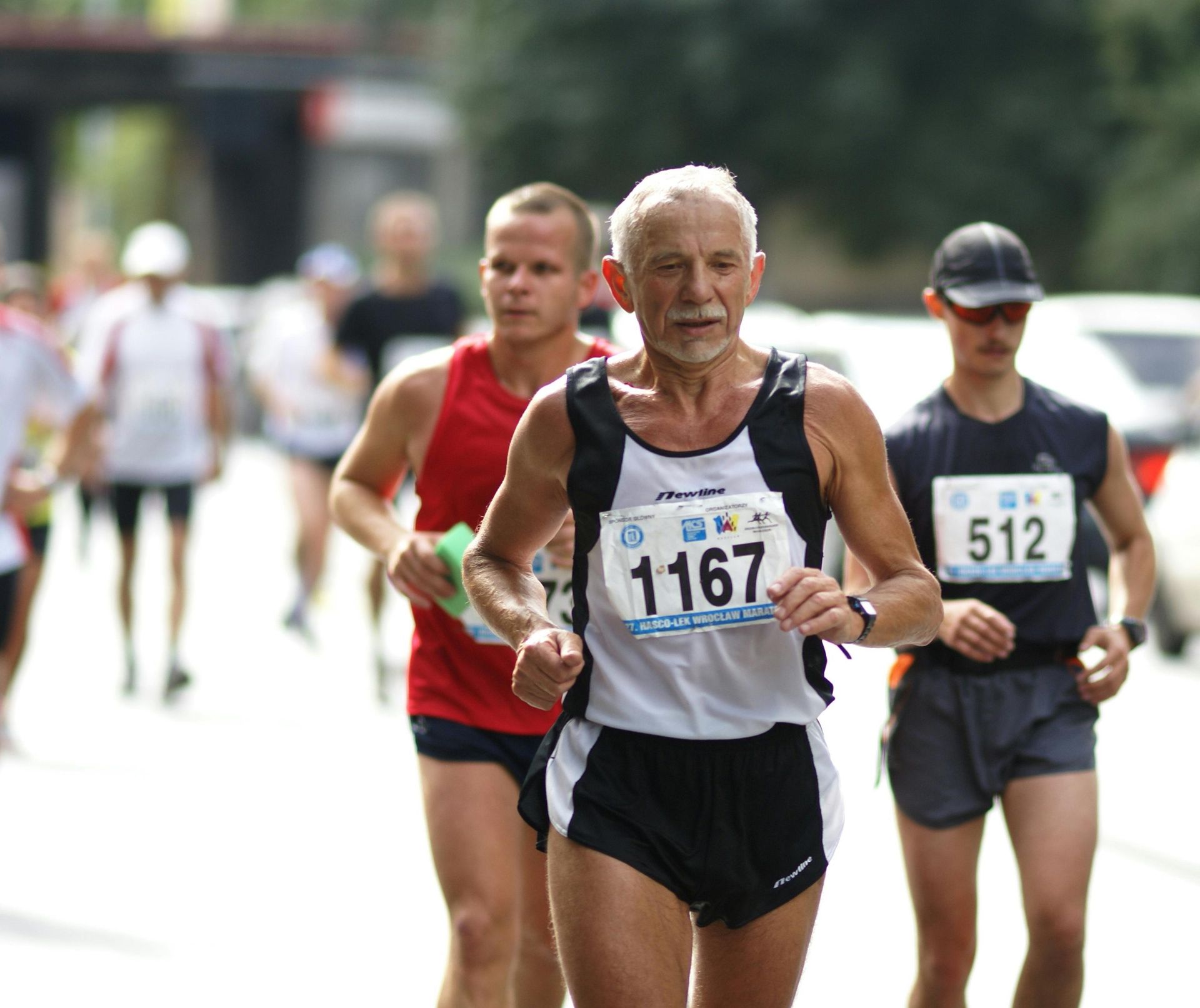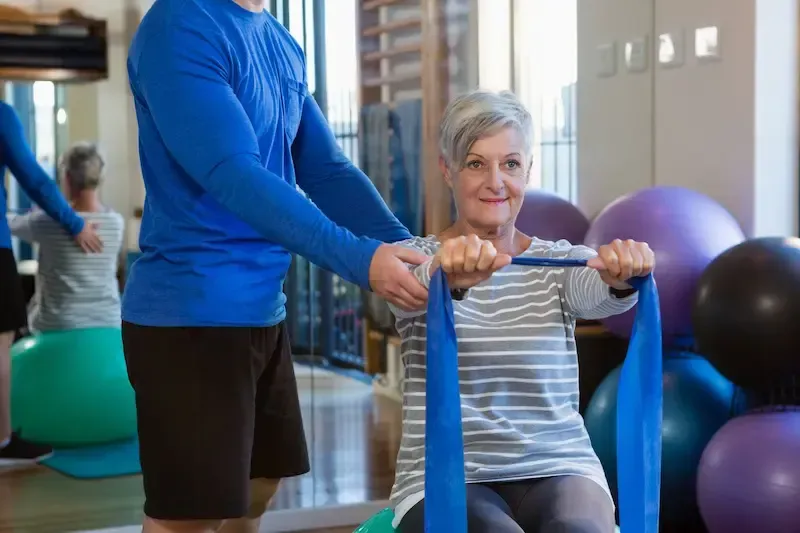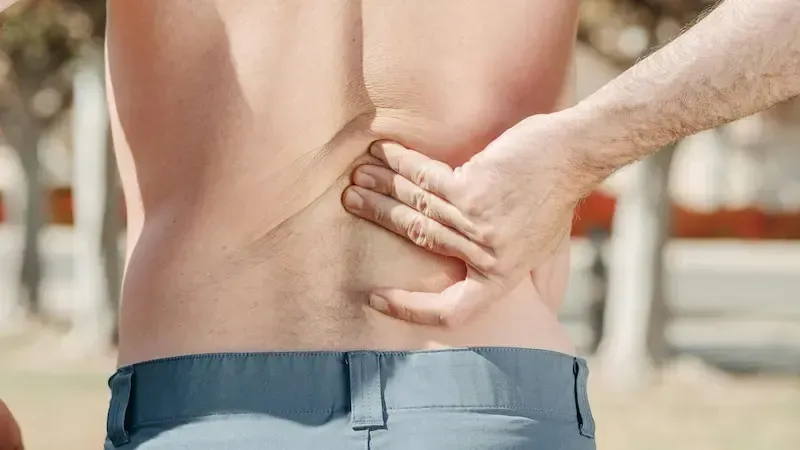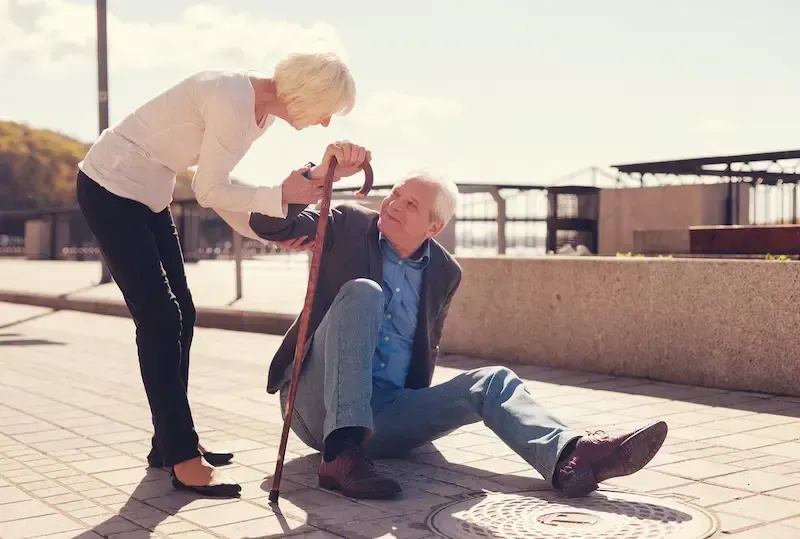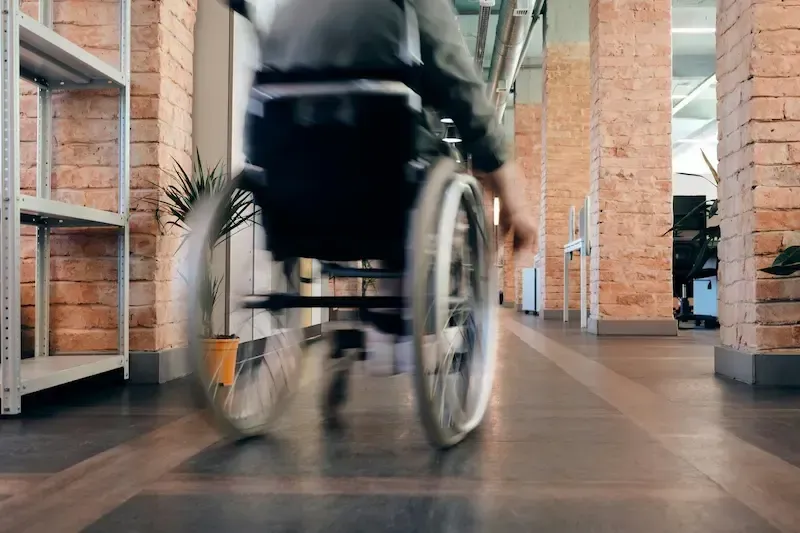The 10 Most Important Exercises for Seniors to Improve Balance
As we age, maintaining balance becomes crucial for overall health and independence. A decline in balance can lead to falls, which are a leading cause of injury among seniors. Engaging in regular exercise specifically designed to improve balance is essential for preventing falls and enhancing daily functioning. Here are the ten most important exercises for seniors to boost balance, all of which can be safely integrated into your routine with professional guidance.
1. Single-Leg Stance
Why It’s Important: This exercise strengthens the muscles around your ankles, knees, and hips, all of which are vital for maintaining balance while standing or walking.
How to Do It: Stand behind a sturdy chair, holding on for support. Lift one foot off the ground and hold the position for as long as possible, up to 30 seconds. Switch legs and repeat. Gradually work towards balancing without holding onto the chair.
2. Heel-to-Toe Walk
Why It’s Important: Walking heel-to-toe improves coordination and balance by narrowing your base of support, similar to walking on a tightrope.
How to Do It: Stand upright and place one foot directly in front of the other so that the heel of your front foot touches the toes of your back foot. Walk forward, keeping your gaze straight ahead. Continue for 10-20 steps, then repeat in the opposite direction.
3. Side Leg Raises
Why It’s Important: This exercise strengthens the muscles around your hips, which are essential for maintaining lateral stability.
How to Do It: Stand behind a chair for support. Slowly lift one leg out to the side, keeping your back straight and toes facing forward. Lower your leg and repeat 10-15 times, then switch sides.
4. Toe Lifts
Why It’s Important: Toe lifts help strengthen the calf muscles and improve ankle stability, both of which are crucial for maintaining balance while walking.
How to Do It: Stand with your feet hip-width apart. Slowly lift your toes off the ground while keeping your heels down. Hold for a few seconds, then lower back down. Repeat 10-15 times.
5. Chair Squats
Why It’s Important: Squats build strength in the thighs, hips, and buttocks, which supports better balance and stability when standing or getting up from a seated position.
How to Do It: Stand in front of a chair with your feet shoulder-width apart. Slowly lower your body as if you’re going to sit down, but stop just before you touch the chair. Return to a standing position and repeat 10-15 times.
6. Heel Raises
Why It’s Important: Heel raises strengthen the calf muscles and enhance ankle stability, which is essential for walking and maintaining balance on uneven surfaces.
How to Do It: Stand with your feet hip-width apart and hold onto a chair for support. Slowly rise onto your toes, hold for a few seconds, then lower back down. Repeat 10-15 times.
7. Tai Chi
Why It’s Important: Tai Chi is a gentle martial art that involves slow, deliberate movements and deep breathing. It helps improve balance, coordination, and flexibility while promoting relaxation.
How to Do It: Join a Tai Chi class or follow a guided video designed for seniors. Practice for 20-30 minutes, 2-3 times per week.
8. Marching in Place
Why It’s Important: Marching in place improves coordination, balance, and leg strength, and it is a simple way to stay active without needing much space.
How to Do It: Stand upright and march in place, lifting your knees as high as comfortable. Swing your arms naturally as you march, and aim for 1-2 minutes of continuous movement.
9. Back Leg Raises
Why It’s Important: Back leg raises strengthen the lower back and gluteal muscles, enhancing overall stability and balance.
How to Do It: Stand behind a chair for support. Slowly lift one leg straight back without bending your knee or pointing your toes. Hold for a few seconds, then lower and repeat 10-15 times on each side.
10. Arm Raises with Weights
Why It’s Important: Arm raises build upper body strength, which is important for maintaining posture and balance.
How to Do It: Sit or stand with a light weight (or water bottle) in each hand. Raise your arms to shoulder height, then slowly lower them back down. Repeat 10-15 times.
How I Can Help You Improve Your Balance
As a certified personal trainer specializing in senior fitness, I can guide you through these balance-enhancing exercises with a focus on safety and effectiveness. I provide personalized exercise programs tailored to your individual needs and goals, ensuring that every movement is performed correctly to maximize benefits and reduce the risk of injury. I am here to help you build strength, improve balance, and maintain your independence.
Contact me today for a FREE consultation!
Let's work together to develop a customized plan to improve your balance and keep you feeling confident and active. Call 760-558-5858 or email info@seniorfitnessps.com.
